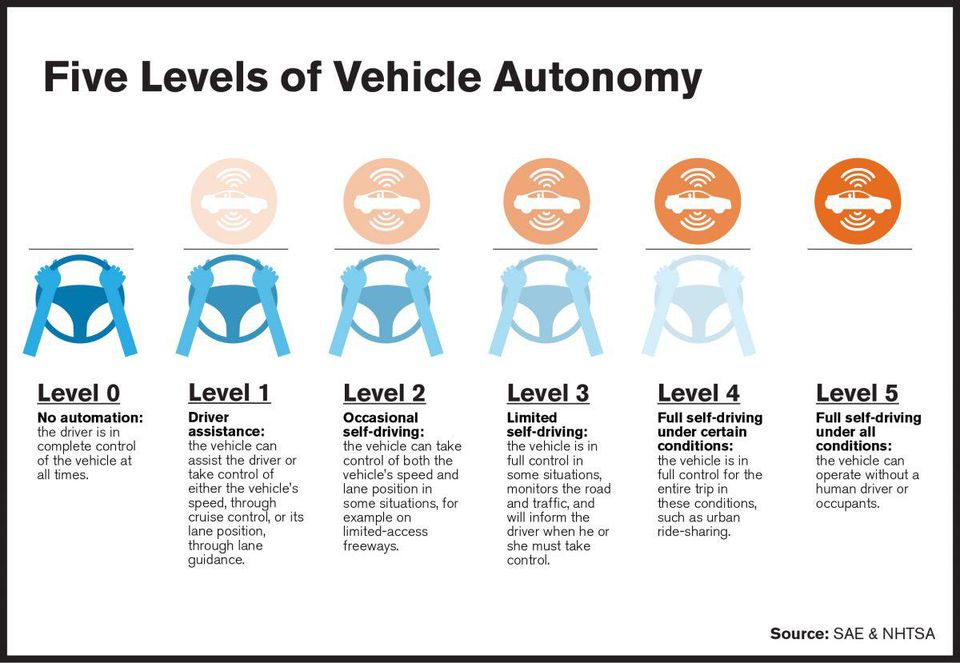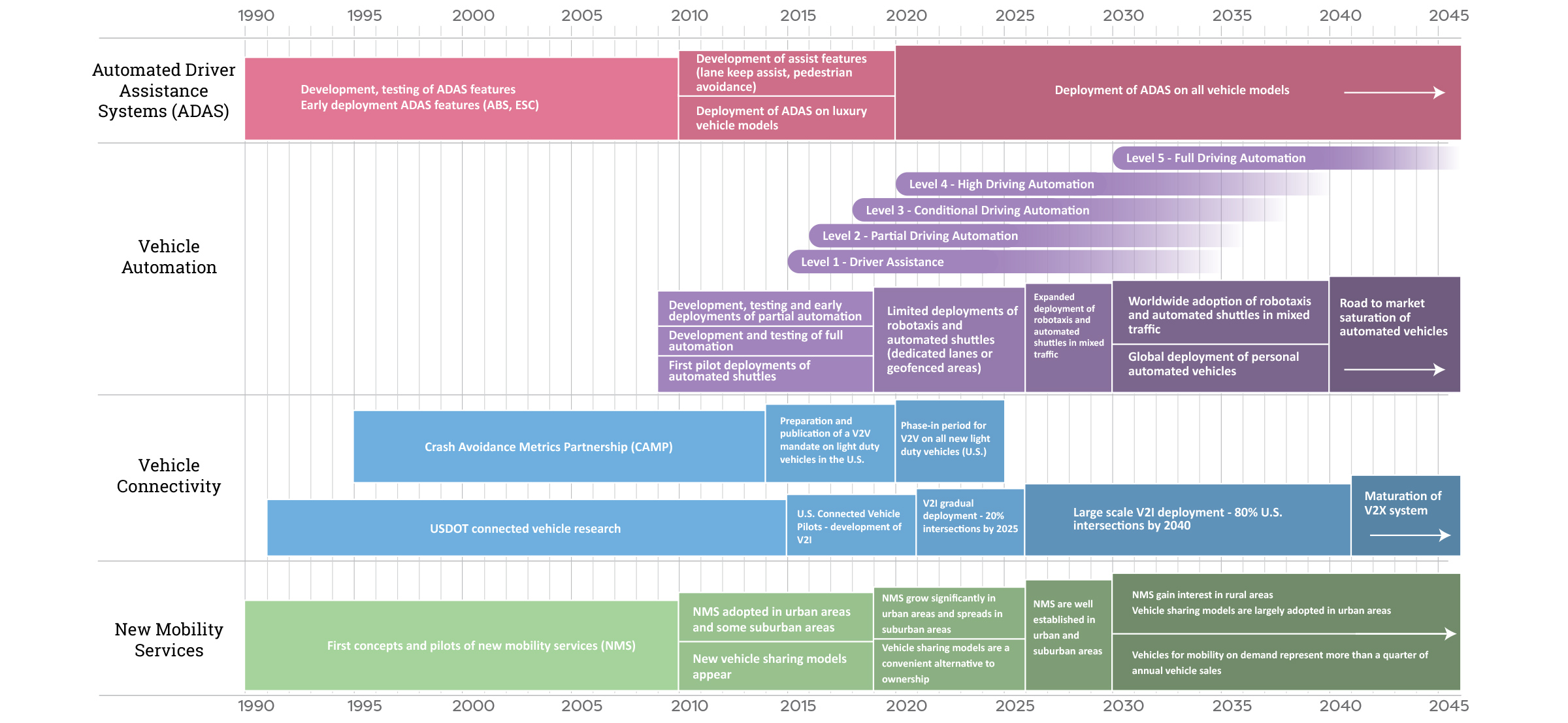Your Car is Not a Mode of Transportation (Part 1)
CAV Series Part 1: What makes a car connected or autonomous
Welcome to our series on Connected and Autonomous Vehicles or CAVs. This multi-part series will cover the future of connected and autonomous vehicles, and how we can expect our lives to change for the better… or possibly for the worse. Keep up with our series by bookmarking our blog, or by following our page on LinkedIn.
Attribution to the first ever automobile is contested. Some say it was Karl Benz, who patented the first single cylinder four-stroke engine, while others attribute it to Isaac de Rivaz, Cugnot, or Marcus. But one thing is clear: an automobile is an inextricable part of our everyday lives. We drive to and from work, to get our groceries, to run daily errands, and to go see our families in other parts of the country. It’s hard to imagine how we might function as a society the way we do, if it were not for the car.
But as inextricable as cars are to our daily lives, up till a few years ago, driving was also an inextricable part of utilizing cars. But the increasing awareness and usage of connected and autonomous vehicles are changing that mindset so quickly that perhaps someday in the (very) near future, your car may not actually be for driving.
The Difference Between Connected and Autonomous Vehicles (CV and AV)
It’s important to note, however, the difference between connected and autonomous vehicles. With words like connected car, smart car, autonomous car, self-driving car, and the like being thrown around in headlines, the labels may seem interchangeable. The most important keywords to focus on here are the connected vehicle (CV) and autonomous vehicle (AV).
CVs are able to communicate with each other in what we call V2V or Vehicle-to-Vehicle communication, with roadside units (RSUs), traffic control signals and other infrastructure or devices. Ultimately, the vehicle is part of an intelligent transport system (or ITS) where all vehicles and infrastructure systems are connected, allowing for traffic information to be widely available to aid in optimization and increased security. However, it’s important to note that this doesn’t necessarily mean that CVs are able to be autonomous or not require a human driver in transit.

That’s reserved for AVs where aspects of driving functions (like steering, braking, controlling throttle, etc.) can occur without driver input. Furthermore, while many may think that an autonomous vehicle automatically possesses the ability to drive perfectly without human control, there are different levels of AVs ranging from 0 to 5. Level 0 is simply a car with no automation, while level 1 allows a car to function with driver assistance, and requires a good amount of human driver monitoring. Level 5 means the vehicle is fully automated, and a driving system will monitor the driving environment by depending entirely on sensor-based technologies, with no human interaction necessary. While many automobile manufacturers and service providers that have successfully integrated various smart technologies may like to think that they have a level 5 AV, right now it may be more of a goal and not an actuality.

Hence, while most (if not all) autonomous vehicles may be connected, not all connected vehicles are autonomous. But while CVs and AVs are categorized separately in terms of technologies and availabilities, in the near-future we can expect them to become “CAVs” or Connected and Automated Vehicles, capable of large-scale fully automated deployment.
So what does this mean for those of us wedged between driving our vehicles and dreaming of one day riding hands-free? As the reality of CAVs on roads becomes more clear and actualized, consumer mindset of what a car can actually do or be needs to also change. After all, your next vehicle might be semi or fully automated, but with a traditional mindset of a car as a mode of transportation, you’re probably going to lose the big picture of how a CAV might radically transform the way we work and play. Stay tuned for the next part in our series where we discuss what exactly that future may look like.
